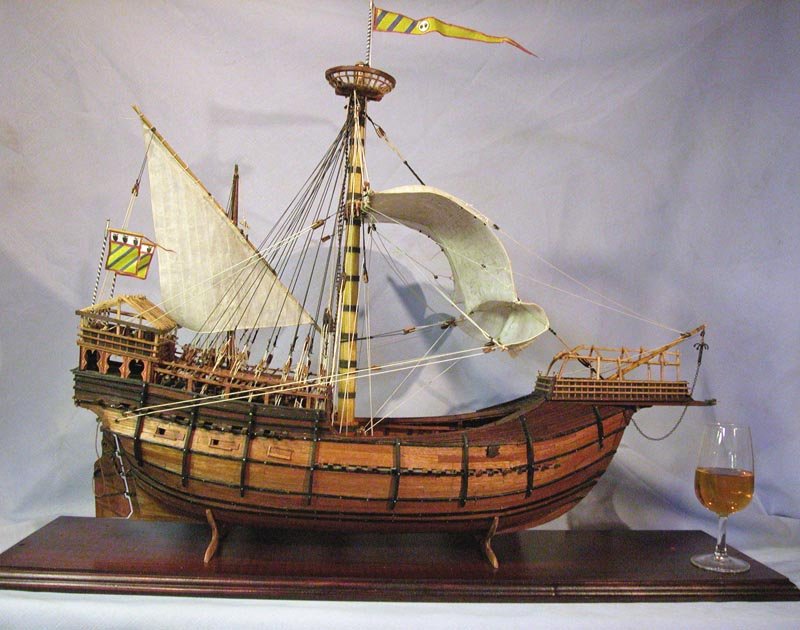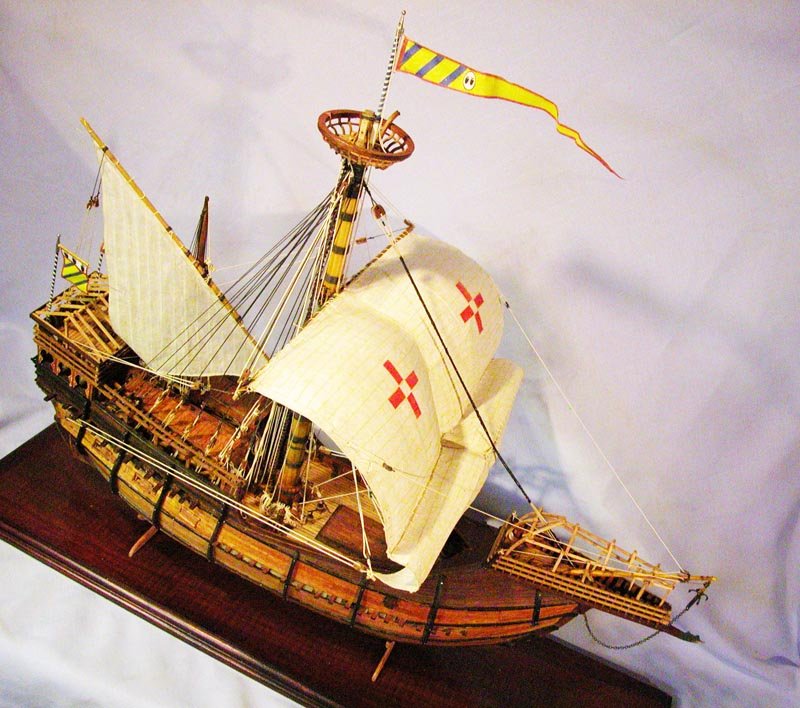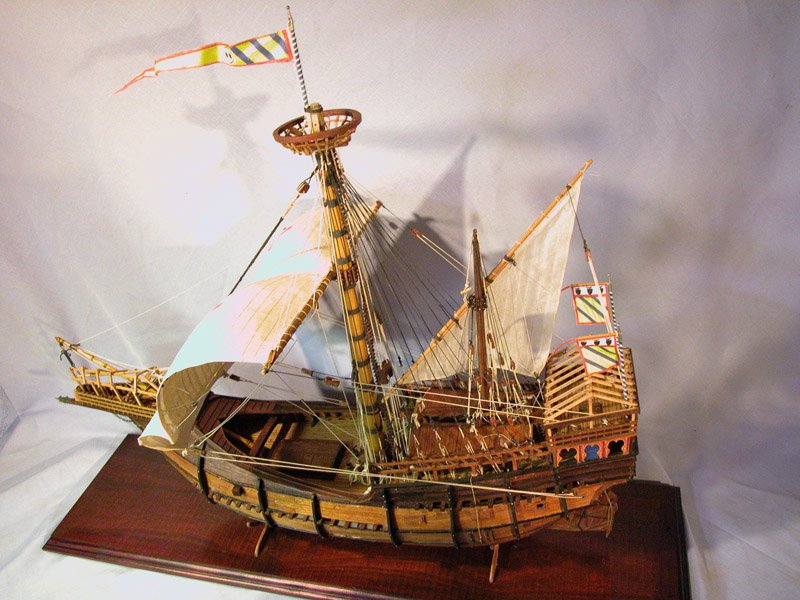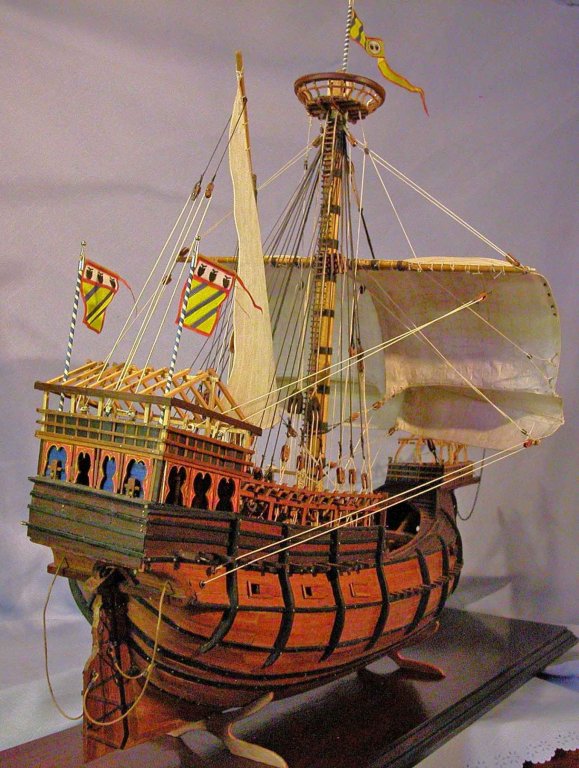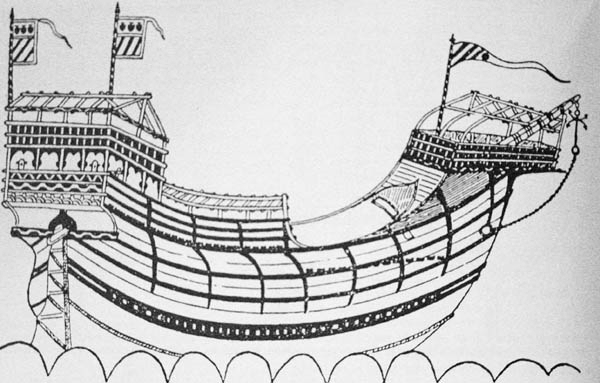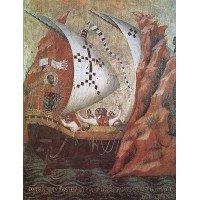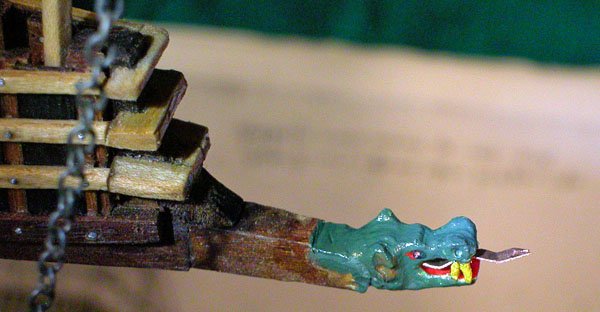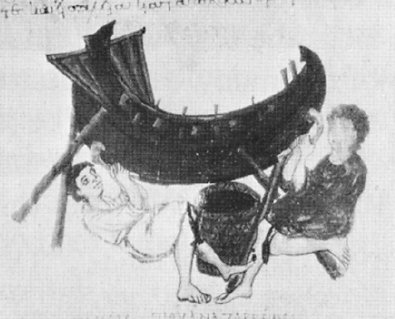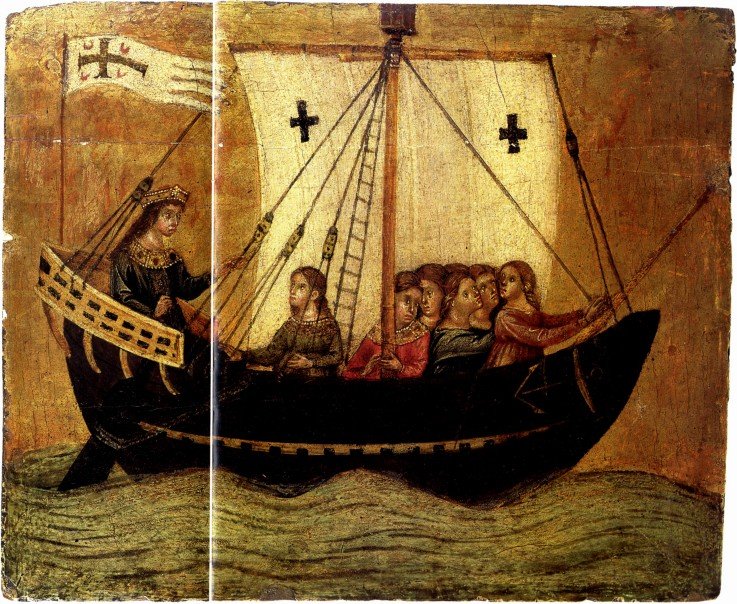-
Posts
835 -
Joined
-
Last visited
Content Type
Profiles
Forums
Gallery
Events
Everything posted by woodrat
-
- 263 replies
-
- nave tonda
- round ship
-
(and 2 more)
Tagged with:
-
Thanks, Carl. Signor Penzo is a great modelmaker, historian and author documenting the many ships and boats of Venice and the Adriatic. His plans are meticulously researched and his models made using original techniques such as the sesto to reproduce the lines. I thoroughly recommend his plans. I have not yet met him and have not had a reply to emails. Maybe the language barrier? Anyone visiting Venice needs to look into his shop. Dick
- 263 replies
-
- nave tonda
- round ship
-
(and 2 more)
Tagged with:
-
This is a first draft of the nave latina. The dimensions are taken from the Michael of Rhodes manuscript and combined with the known lines of the Contarina 1 wreck. The superstructure will be based on the ships painted by Veneziano in his cover for the Pala d'oro in the Cathedrale San Marco, Venice Cheers Dick
- 263 replies
-
- nave tonda
- round ship
-
(and 2 more)
Tagged with:
-
Best not to look too close, casting is not my forte (yet). You should have seen the first versions Dick
-
Have made the anchors from woods metal and wood but am trying to determine how they were secured. I have made a decorative stand more in keeping with the period using playful dolphins and perspex to support the nave. Cheers Dick
-
Hi Kensaku. A very nice cutaway carrack. Could you open a topic in kit built models forum? We like to see the build if you have recorded it photographically. Certainly, if you do any more kit builds of this quality, we would love to see your work as it progresses.
Dick (Woodrat)
-
Hi Dick. I'm happy to be complimented on. I develop a model kit and sell it. I wanted everyone to know and posted. Do you want to see something like the attached image in the process? Kensaku
-
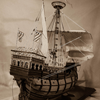
Yes, photos like this as well as information into the research involved in the kit development. This seems to be based on the Martinez-hidalgo Santa Maria.
Dick
-
-
-
The steps sit on the keelson with knees either side. As you say the keel is not cut into. The knees are either part of the floor or bolted into it, I think similar techniques were used in galleys but they were lightly built. Dick
-
As requested, Steven. It wasnt a galley but it was a lateener and at least the foremast, if not both, was canted at about 20 deg to the vertical. The mast foot may have been shaped to allow this. Dick
-
The Contarina 1 wreck excavated in about 1899 had its mast steps intact. They were not raked although the foremast was canted forward being a nave latina Cheers Dick
-
Me gusta mucho Dick
-
Thanks Carl and Jesse. The next project, a 13th/14th century Lateen-rigged two master is well advanced on the drawing board and will hopefully be as interesting. Dick
-
The build almost finished. Flags of the Moro family in place (silkspan). Note: the Moro family crest consists of bunches of blackberries. This is a pun on the venetian name. The original name of the Moro family was Mauro or a moor. This was corrupted to Moro which is also the italian for blackberry. I have only the anchors yet to make. Dick
-
Having completed the venetian carrack or cocha, I now plan to reconstruct a merchant vessel that predated it and lasted into the 15th century. I have based the reconstruction on the measurements given for a nave latina in Michael of Rhodes 15th century manuscript. This has been combined with the framing details of the Contarina 1 wreck excavated and fully measured at the end of the nineteenth century. The details of superstructure and planking will be loosely based on the vessel shown in the Translatio of St Mark painted by Veneziano. Woodrat
- 263 replies
-
- nave tonda
- round ship
-
(and 2 more)
Tagged with:
-
what did they do with the oars when running before the wind? Were they pulled in and locked? Dick
-
A very good thought, Mark. Many large round ships would have had a chaplain, particularly if transporting important personages. If so, Mass may have been said on the guarterdeck for all the crew, particularly at anchor. I doubt they were deployed at sea. Some of the "wings" seem to have folded down against the side and others to have folded up against the sternpost. The other panels seen above the wing seem to be painted panels on the side of the steersman's seat. Dick
-
Thanks, Steven. I am starting to evolve something that could explain the "canopies" as Prof. Pryor has called them in "cogs, caravels and galleons page 72. I may have a cunning plan which is so extremely cunning that I may outwit myself. Dick
-
I have been thinking on this and I have almost convinced myself that these are fabric awnings, not wood, that can be deployed by elevating a "stretcher" which is hinged at or keyed into the sternpost. Would this be possible at sea? What were they shielding? Spray ? Wind? Were they protecting the steersman from, wind and water? Or is this all just impractical fancy? Dick More research needed
-
Could they be collapsed awnings folded up. Some illustrations show wing like stuctures at the stern which may be the awnings extended?? Dick
-
Indeed, Roger, I would not disagree but these strange shell-like construction on the stern, covering the steering oar, what are they? How would you model it? They are commonly seen in ilustrations of the period but serve no apparent use except for decoration. Can anyone enlighten us? Dick
-
Yes, I have also been puzzling over these strange decorative transom wedding cakes. Not enough detail in most pictures. The Ships in the Ursula cycle and the Translatio of St Mark of Paolo Veneziano are highly detailed and it is likely I will choose one of these. The Contarini ship may be useful for hull structure.
About us
Modelshipworld - Advancing Ship Modeling through Research
SSL Secured
Your security is important for us so this Website is SSL-Secured
NRG Mailing Address
Nautical Research Guild
237 South Lincoln Street
Westmont IL, 60559-1917
Model Ship World ® and the MSW logo are Registered Trademarks, and belong to the Nautical Research Guild (United States Patent and Trademark Office: No. 6,929,264 & No. 6,929,274, registered Dec. 20, 2022)
Helpful Links
About the NRG
If you enjoy building ship models that are historically accurate as well as beautiful, then The Nautical Research Guild (NRG) is just right for you.
The Guild is a non-profit educational organization whose mission is to “Advance Ship Modeling Through Research”. We provide support to our members in their efforts to raise the quality of their model ships.
The Nautical Research Guild has published our world-renowned quarterly magazine, The Nautical Research Journal, since 1955. The pages of the Journal are full of articles by accomplished ship modelers who show you how they create those exquisite details on their models, and by maritime historians who show you the correct details to build. The Journal is available in both print and digital editions. Go to the NRG web site (www.thenrg.org) to download a complimentary digital copy of the Journal. The NRG also publishes plan sets, books and compilations of back issues of the Journal and the former Ships in Scale and Model Ship Builder magazines.


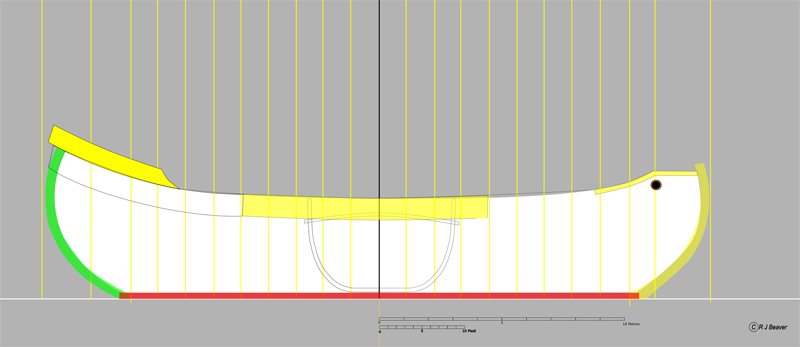
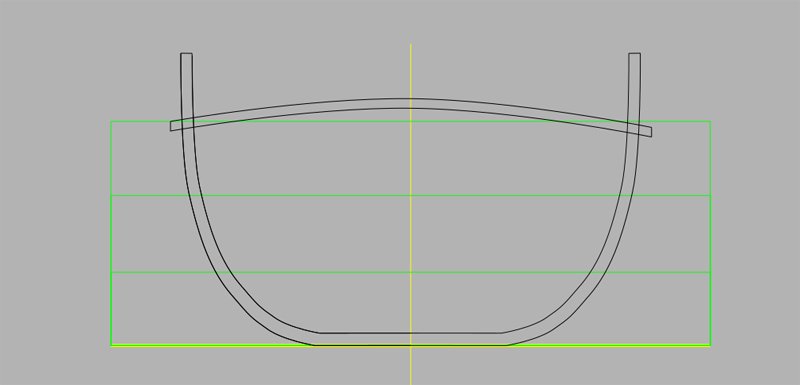

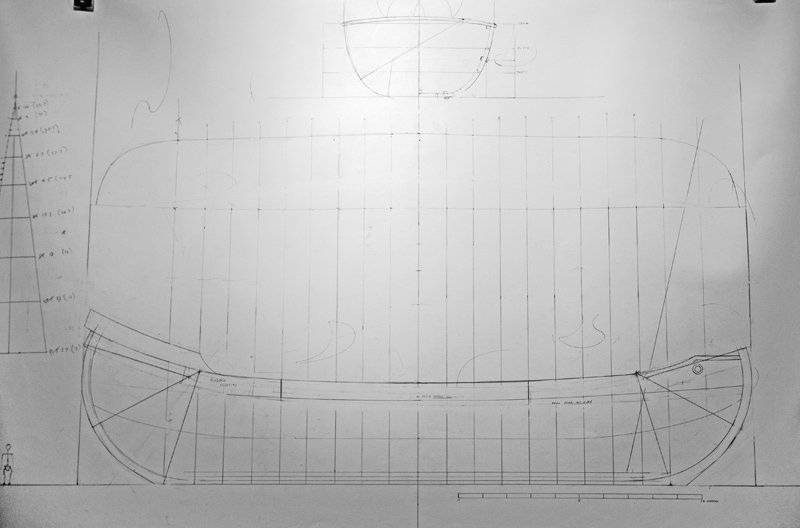
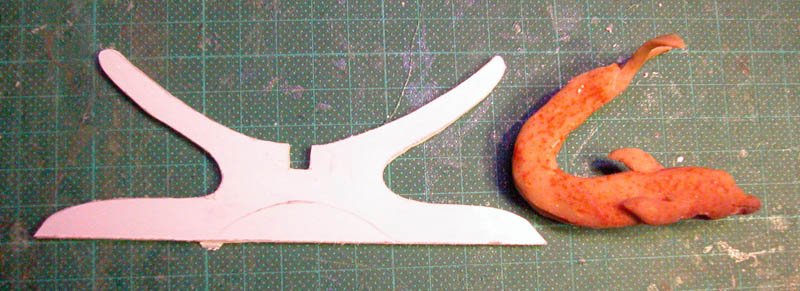
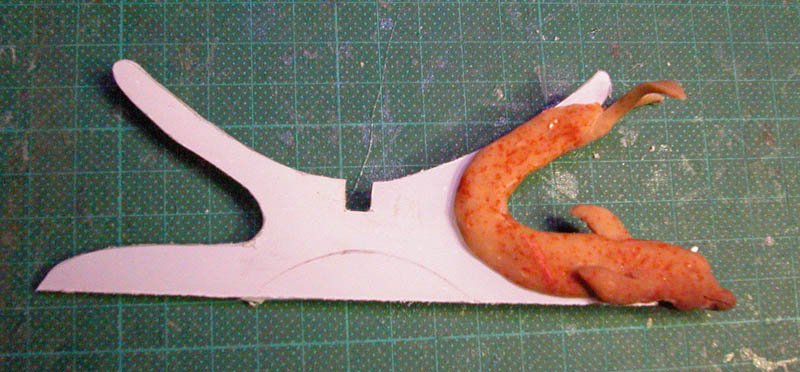
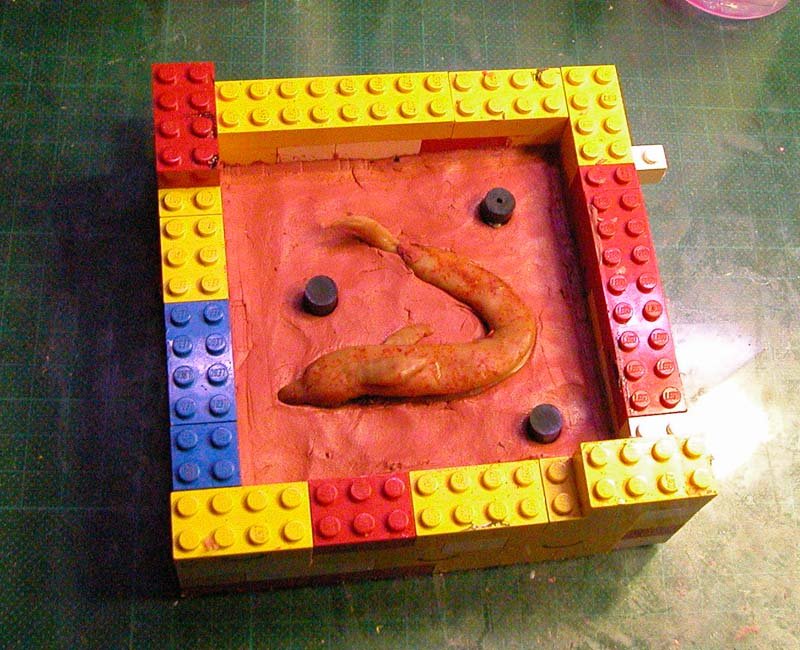
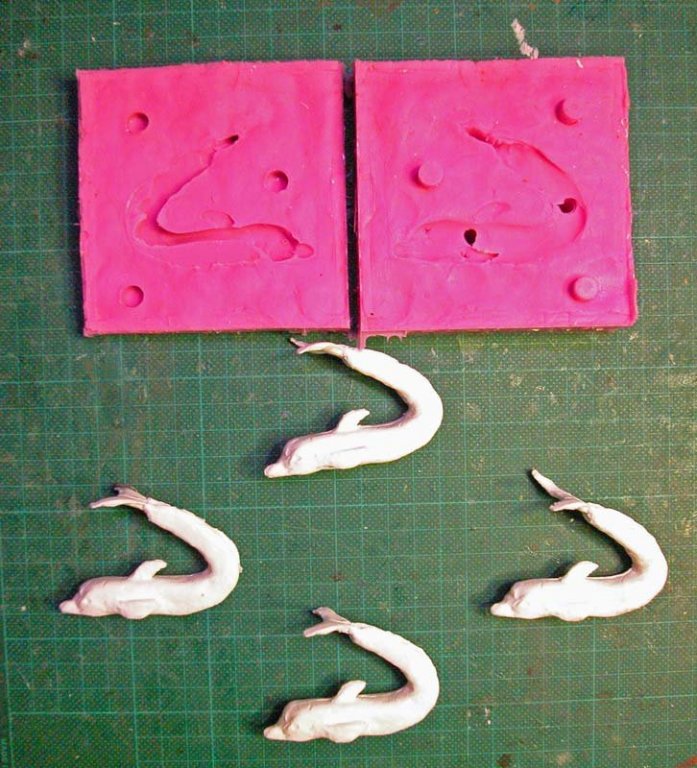
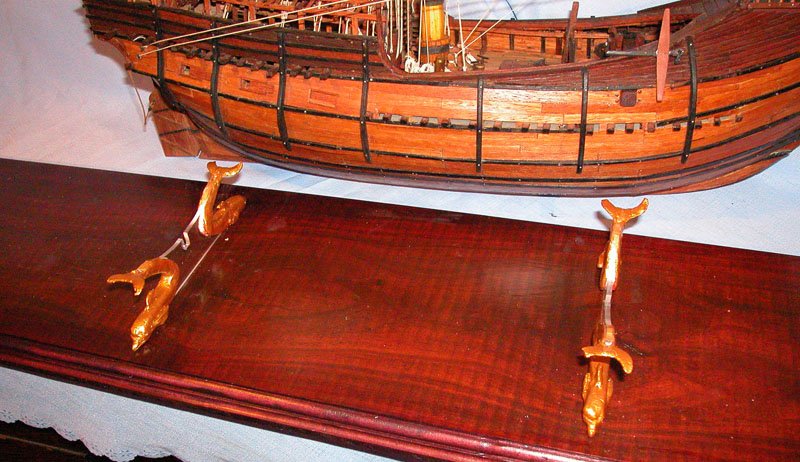
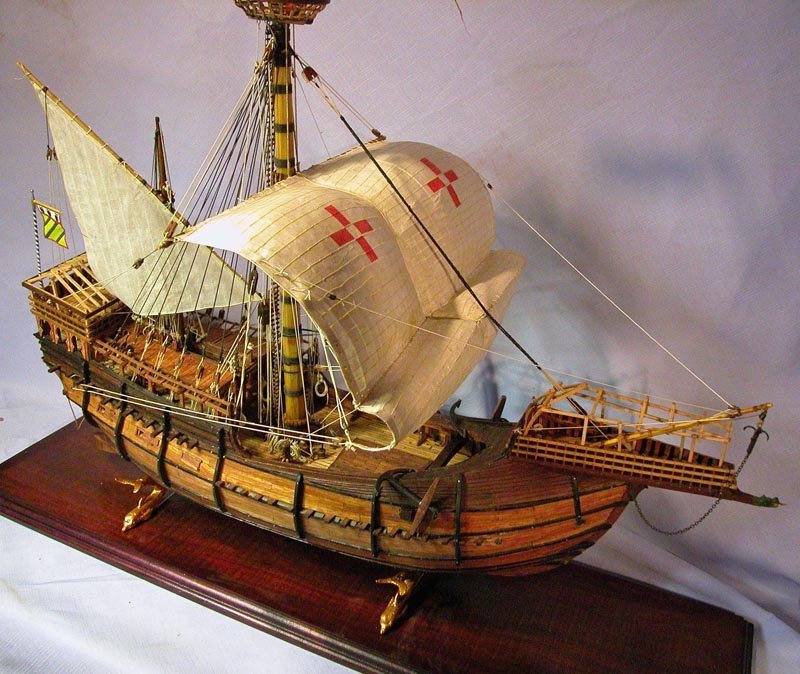
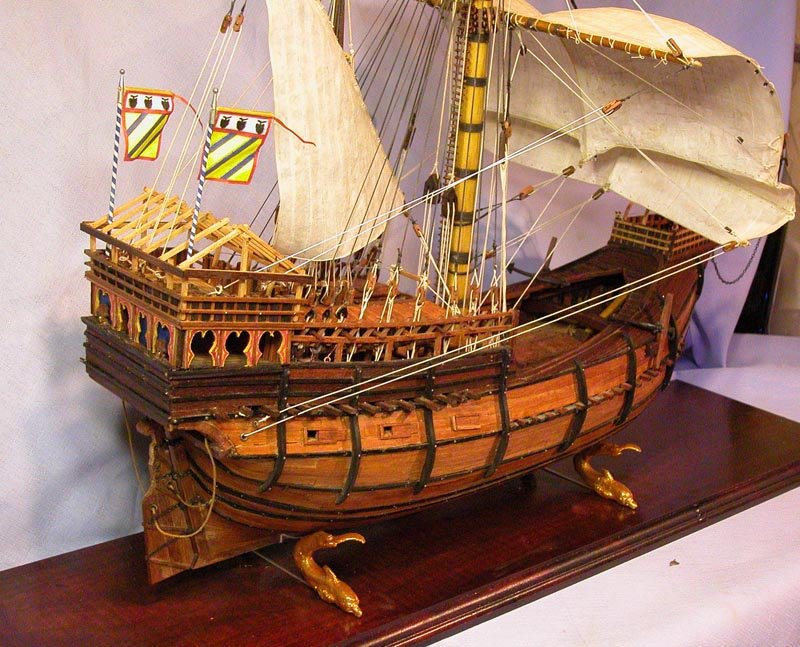
a.jpg.5407ac7c7a0622868b29676cab58065d.jpg)
a.jpg.ed2b6d8a2e09c6609027a119807471e2.jpg)

